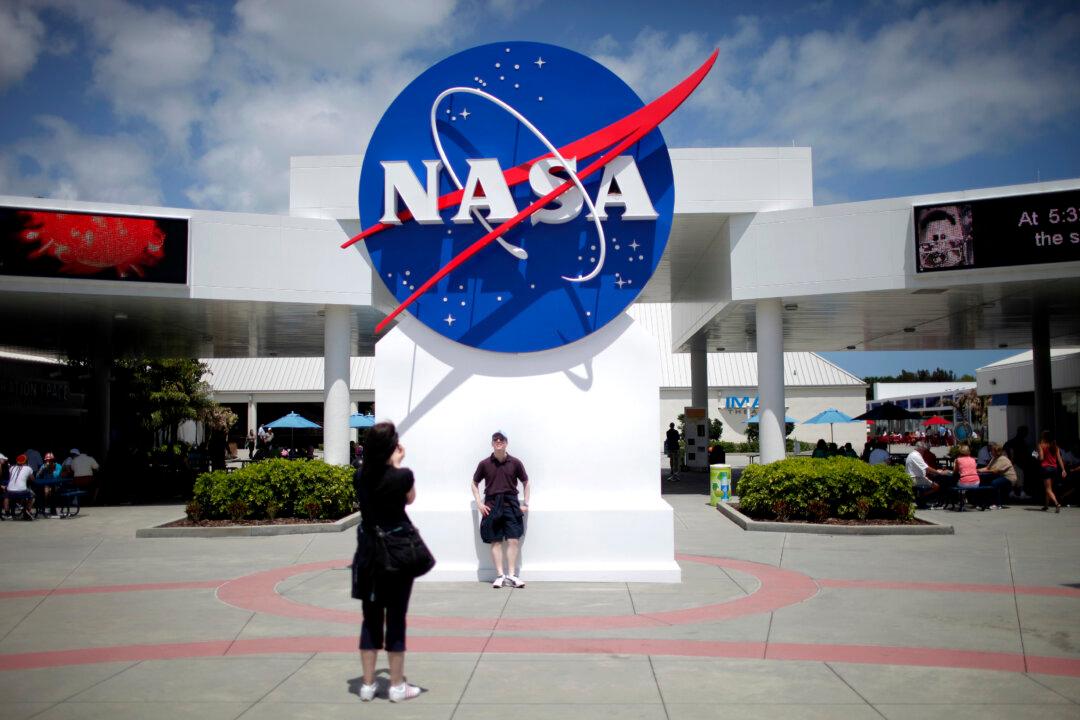SPACEPORT AMERICA, New Mexico–The U.S. National Aeronautics and Space Administration (NASA) launched and tested a new umbrella-like heat shield on Sept. 12, opening the door to landing humans on Mars.
The new technology—dubbed the Adaptable Deployable Entry Placement Technology (ADEPT)—stores like a folded umbrella inside smaller rockets, opening handle-up in space to protect larger payloads as they enter a planet’s atmosphere, said Brandon Smith, NASA’s principal investigator on the project. The shape allows it to protect larger areas than current heat shields.





